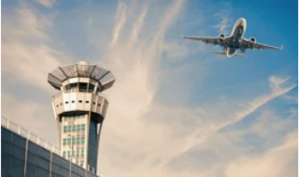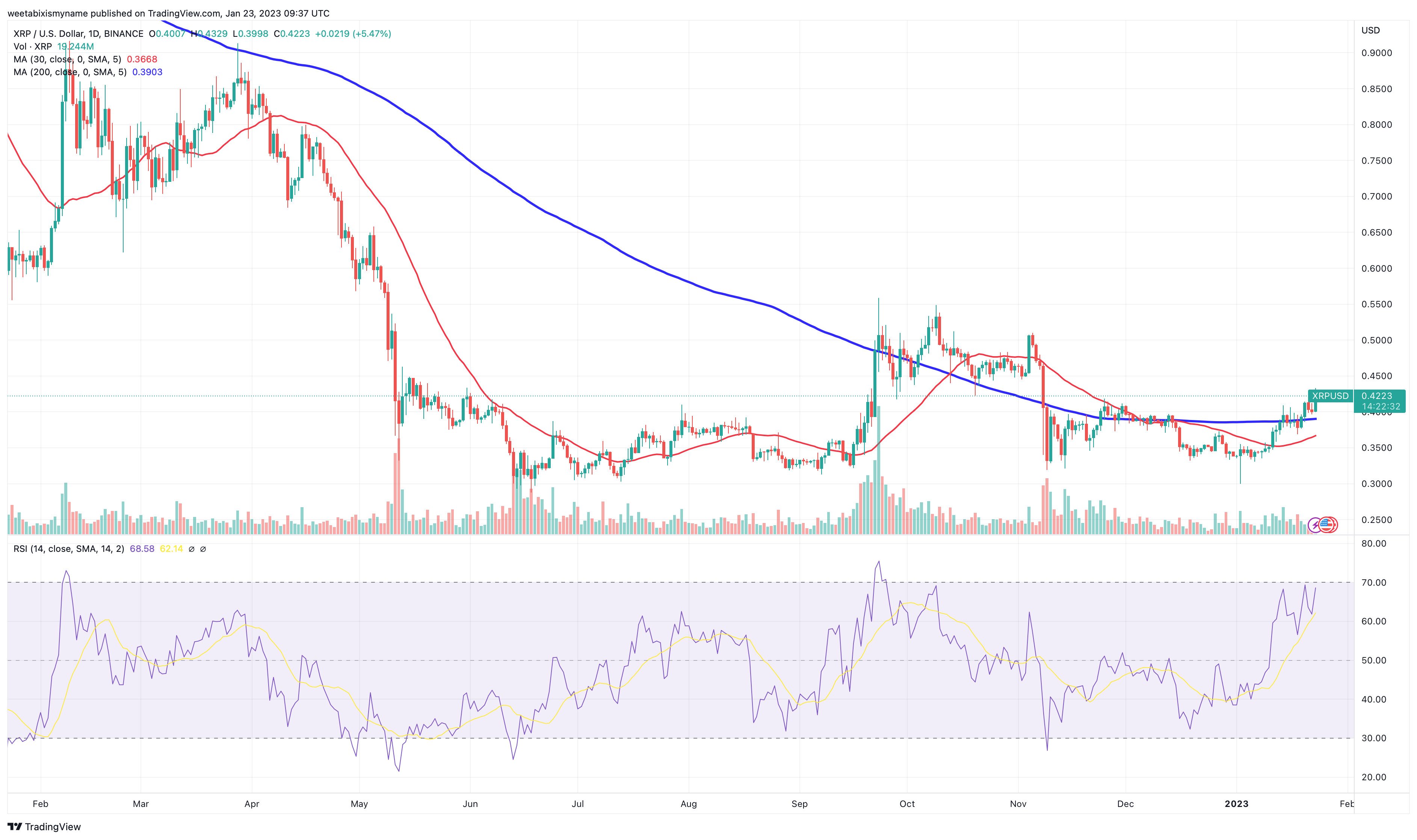The Race To Fix Air Traffic Control: Addressing The "I Don't Know Where You Are" Problem

Table of Contents
The Current State of Air Traffic Control: A System Under Strain
Our current air traffic management infrastructure is struggling to keep pace with the ever-increasing demands of global air travel. The consequences are significant, impacting safety, efficiency, and the overall passenger experience.
Legacy Systems and Their Limitations
Many parts of the world still rely on legacy ATC systems, incorporating outdated radar and communication technologies. These systems present several limitations:
- Lack of precise location data: Traditional radar systems often provide less accurate and less frequent positional updates compared to newer technologies.
- Reliance on voice communication: Voice communication is prone to errors, misunderstandings, and interference, particularly in congested airspace.
- Susceptibility to weather interference: Adverse weather conditions can significantly impact radar performance, leading to reduced accuracy and potential safety hazards.
- Limited capacity for handling increased air traffic: Legacy systems struggle to handle the ever-growing volume of air traffic, contributing to delays and congestion.
These limitations associated with legacy ATC systems, including issues with radar technology limitations and communication failures, directly impact air traffic congestion and the overall efficiency of air travel.
Safety Risks Associated with Inaccurate Tracking
Imprecise aircraft tracking poses significant safety risks:
- Increased risk of mid-air collisions: The lack of real-time, precise location data increases the probability of near-miss incidents and potential mid-air collisions.
- Challenges in managing emergencies: Inaccurate tracking makes it difficult for air traffic controllers to effectively manage emergencies, potentially delaying crucial response times.
- Delays due to uncertainty about aircraft positions: Uncertainty about aircraft positions necessitates more conservative separation standards, leading to delays and reduced airspace capacity.
- Impact on airspace efficiency: Inefficient airspace management due to imprecise tracking contributes to increased fuel consumption and environmental impact.
These safety concerns, including the risk of near-miss incidents and the challenges in collision avoidance, highlight the critical need for improved airspace management.
Technological Advancements Driving Air Traffic Control Modernization
Significant technological advancements are revolutionizing air traffic management, offering solutions to the persistent challenges of outdated systems.
ADS-B: Enhancing Precision Tracking
Automatic Dependent Surveillance-Broadcast (ADS-B) technology is a game-changer in air traffic control. It offers numerous benefits:
- Provides real-time aircraft location data: ADS-B transmits highly accurate location data directly from the aircraft to ground stations, offering continuous and precise tracking.
- Improves accuracy and reliability: Unlike radar, ADS-B is less susceptible to weather interference, ensuring reliable data even in challenging conditions.
- Enhances situational awareness for air traffic controllers: Real-time, precise tracking improves the situational awareness of air traffic controllers, allowing for better decision-making and proactive management of air traffic.
- Enables more efficient airspace management: Precise tracking allows for reduced separation standards, increasing airspace capacity and reducing delays.
ADS-B technology, offering precise aircraft tracking and real-time location data, is a key component of automatic dependent surveillance-broadcast systems for improving air traffic management.
Next Generation Air Transportation System (NextGen) and SESAR
Initiatives like the Next Generation Air Transportation System (NextGen) in the United States and the Single European Sky ATM Research (SESAR) program in Europe aim to transform air traffic management through comprehensive modernization efforts:
- Integration of new technologies: These programs integrate various new technologies, including ADS-B, to enhance situational awareness and efficiency.
- Improved data sharing: NextGen and SESAR focus on improving data sharing among stakeholders, enabling better coordination and decision-making.
- Enhanced communication systems: Modern communication systems improve the reliability and efficiency of communication between aircraft and air traffic controllers.
- Focus on automation and efficiency: Automation plays a key role in streamlining processes, reducing human error, and improving overall efficiency.
NextGen and SESAR represent significant steps towards air traffic management modernization, emphasizing data integration and automation in ATC.
Challenges and Barriers to Air Traffic Control Modernization
Despite the significant benefits, several challenges hinder the widespread adoption of modernized air traffic control systems.
Cost and Infrastructure Upgrades
Implementing new technologies requires significant financial investment:
- High cost of equipment: The cost of purchasing and installing new equipment, including ADS-B ground stations and upgrades to communication infrastructure, is substantial.
- Need for extensive network upgrades: Modernized systems require extensive network upgrades to handle the increased data flow and ensure reliable communication.
- Training costs for air traffic controllers: Training air traffic controllers on new systems and procedures adds to the overall cost of modernization.
- Phased implementation challenges: Implementing new systems in phases can lead to compatibility issues and operational complexities.
These ATC infrastructure upgrades represent a significant financial commitment necessary for modernization and technological implementation, necessitating careful planning and resource allocation.
International Collaboration and Standardization
Global cooperation is crucial for ensuring seamless data exchange and interoperability:
- Harmonization of standards: International standards are necessary to ensure that different systems can communicate and share data effectively.
- Data sharing agreements: Agreements are needed to facilitate the secure and efficient sharing of air traffic data across borders.
- Challenges in coordinating upgrades across different countries and regions: Coordinating upgrades across different countries with varying levels of technological advancement and regulatory frameworks presents a significant challenge.
- Cybersecurity concerns: The interconnected nature of modern ATC systems raises concerns about cybersecurity vulnerabilities, requiring robust security measures.
International collaboration is critical for achieving global air traffic control, requiring careful consideration of data sharing, standardization, and cybersecurity in ATC.
Conclusion
The "I don't know where you are" problem in air traffic control is a critical issue demanding immediate attention. Modernization efforts, leveraging technologies like ADS-B and initiatives like NextGen and SESAR, are crucial for improving air safety, efficiency, and capacity. While significant challenges remain, including cost and international collaboration, the race to fix air traffic control is underway, paving the way for a safer and more efficient future of air travel. Let's continue investing in and supporting the development of advanced air traffic control systems to ensure a safer sky for everyone. Embrace the advancements in air traffic control modernization for a safer future.

Featured Posts
-
 Wnba Draft Order A Complete Guide To How Its Determined
May 07, 2025
Wnba Draft Order A Complete Guide To How Its Determined
May 07, 2025 -
 Seattle Mariners First Inning Powerhouse Delivers 14 0 Shutout
May 07, 2025
Seattle Mariners First Inning Powerhouse Delivers 14 0 Shutout
May 07, 2025 -
 Will Ripples Xrp Price Hit 3 40 A Deep Dive Into Market Dynamics
May 07, 2025
Will Ripples Xrp Price Hit 3 40 A Deep Dive Into Market Dynamics
May 07, 2025 -
 Steph Currys All Star Weekend Championship A Dud Format
May 07, 2025
Steph Currys All Star Weekend Championship A Dud Format
May 07, 2025 -
 Open Ai Governance Overhaul Abandoning For Profit Control
May 07, 2025
Open Ai Governance Overhaul Abandoning For Profit Control
May 07, 2025
Latest Posts
-
 Istorinis Pasirodymas Nba Lyderiai Lygina Klubo Rekorda
May 07, 2025
Istorinis Pasirodymas Nba Lyderiai Lygina Klubo Rekorda
May 07, 2025 -
 Nba Lyderiai Pakartojo Klubo Rekorda Zaisdami Istoriniu Ritmu
May 07, 2025
Nba Lyderiai Pakartojo Klubo Rekorda Zaisdami Istoriniu Ritmu
May 07, 2025 -
 New Ticket Donation System From The Cleveland Cavaliers
May 07, 2025
New Ticket Donation System From The Cleveland Cavaliers
May 07, 2025 -
 Cavs New Platform Simplifies Ticket Donations For Fans
May 07, 2025
Cavs New Platform Simplifies Ticket Donations For Fans
May 07, 2025 -
 Cavs Launch New Ticket Donation Platform
May 07, 2025
Cavs Launch New Ticket Donation Platform
May 07, 2025
